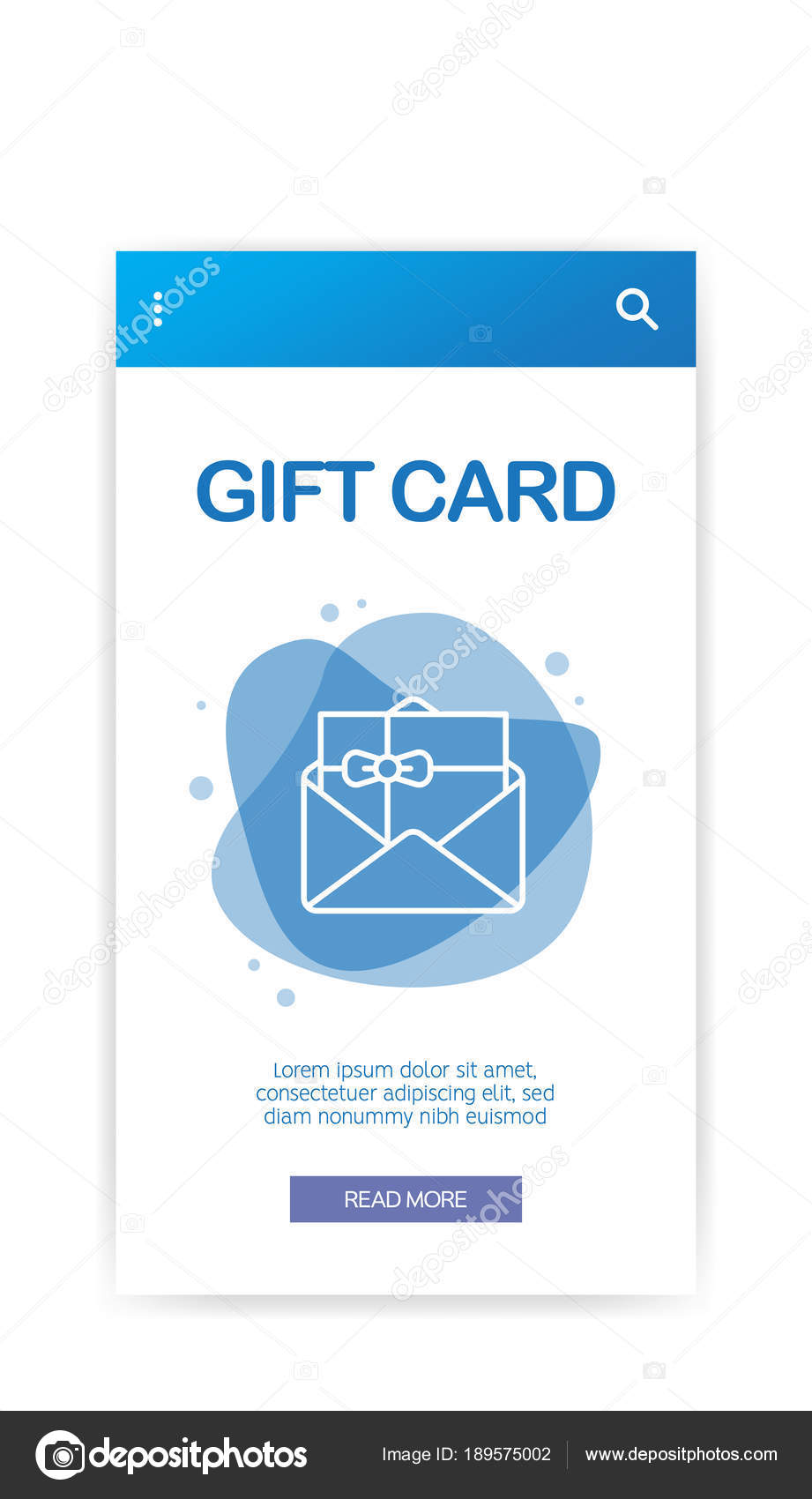Using UV laser inscription, artists can raise glass art to brand-new elevations. From deep inscriptions that develop a responsive experience to surface markings that are much more refined, the resulting art work can captivate and motivate.
To limit damaging throughout laser engraving, use a thin coat of fluid meal soap to the surface of your work surface. This will aid dissipate any type of heat brought on by the laser and stop the engraving surface area from ending up being rough.
Clarity
Glass may look breakable, however it's actually a durable material. You can find sanctuary windows constructed from glass that are over 500 years old. Glass is likewise extremely tough and can endure some hefty tons. It can also be solidified, which makes it more powerful and more durable. This allows personalized glass to remain looking lovely and intact for a very long time.
If you're displaying your engraved glass, it is suggested to place it on a high quality stand or structure. This will make the glass look even more formal and prominent. Another choice is to use a light for your screen. This will certainly illuminate your personalized glass, which can really make it shimmer.
When engraving glass, it is very important to wear heat-resistant gloves. The particles created throughout the procedure is very warm and can cause burns if you touch it. It is likewise an excellent idea to operate in a well-ventilated location.
Reflection
The different appearances of sandblasted and clear glass develop unique visual effects depending upon the light. When mirrored light is routed from the side, darkness cast over the irregular surface of sandblasted glass, which can enhance the perceived texture and add depth to the design. When backlit, the sandblasted locations of glass are transformed right into a diffused light panel, softly lighting the piece and highlighting its frosted sections.
Engraving is a form of design on glass utilizing a tool to abrade the surface to leave a mark, from the really most basic diamond-point hand tools to complicated equipment. It is a part of glass art, along with etching and cut glass.
Up until just recently, developing engravings was a very labor-intensive and costly procedure. The development of first sandblasting and after that laser etching substantially lowered the expense of glass inscription, making it feasible to get more customized engraved pieces. It likewise permits the production of designs that could not be created with earlier techniques.
Openness
The crystal quality of etched glass makes it a classy canvas for intricate designs that serve both aesthetic and practical functions. Whether it's for ornamental art, awards, or custom-made glass wares, the blend of style and function sets engraved glass apart from other artistic mediums.
Engraved glass is also lasting. It can be discovered in basilica windows that have made it through for more than 500 years. It is resistant to the most abrasive wear and tear, making it a resilient and flexible choice for commercial spaces or domestic homes.
The inscription process makes use of warm to soften the glass and make it pliable sufficient for pattern inscribing. Depending upon the desired layout, the etching can create text or images and can also give them deepness for a 3D impact. The gift ideas for grandparents modern laser engraving procedure can deal with the surface of the glass along with inside it. This enables more thorough pictures than the traditional stipple procedure.
Color
Engraved glass is a sort of decorative glass with a three-dimensional pattern or image. It is commonly utilized to develop personal privacy without blocking light and gives a stylish look for homes.
The earliest engraving strategy includes incising the layout into glass with a rotating copper wheel fed with abrasives. A lot more modern strategies include ruby scribing and stipple engraving. The last works by touching an extremely hard, sharp point (typically tungsten carbide) onto the surface area of a glass piece to make little dots. By varying the density of the dots, different tones can be produced, from black to white.
Lasers are the newest glass inscribing technology. They make use of a focused light beam of monochromatic light to warm the glass, which vaporizes and fractures it. The laser's precision enables detailed styles, but it is very important to use a jig or clamps to protect the glass to stop motion that can bring about misalignment. This is specifically crucial for glass that has actually been etched or sandblasted.
